COCONUT WATER or COCONUT JUICE?
In the first version of the Fruit Juice Directive 75/726/EEC in Article 13, it stated that the “analytical and microbiological characteristics of the products defined” had to be determined by the Council of the European Union on a proposal from the European Commission, but this was never done. Article 13 has since been deleted and this task has been left to the EU fruit juice industry to be performed.


At the end of the 1980’s, AIJN took on this challenge to provide the necessary parameters for the fruit juice industry. A group of recognized senior industry experts was drawn together to create the permanent AIJN Code of Practice Expert Group. The experts started their work by determining the important analytical characteristics for the most common fruit juices: orange, grapefruit, apple and grape and decided to call each document a “Reference Guideline”. These guidelines were approved by the AIJN General Assembly on 3May 1990 in Bruges and it was agreed to call the whole collection of these guidelines the “Code of Practice”.
Today, after almost 30 years, the Code of Practice now consists of 27 Reference Guidelines and other industry guidelines and position papers, e.g.: Guide to Good Hygiene Practice in the Juice Industry, Alicyclobacillus Best Practice Guideline, Standard Nutrient Values for 6 fruit juices.
The newest reference guideline, for coconut waters, was adopted in its final form by the AIJN General Assembly on 11 April 2019. The RG for Coconut Juice has been in a provisional form for the last two years. This allows users of the new guide time to submit any comments or suggestions that they might have to the expert group for their consideration. After careful consideration, by the Code of Practice Expert Group, these suggestions would be adopted into a revised RG if appropriate.
As with all other RGs, the coconut water guideline is composed of two parts: Part A: contains the values for the ABSOLUTE quality requirements, such as the relative density and corresponding oBrix, hygiene and environmental contaminants and some important compositional parameters (such as L-ascorbic acid, HMF, and volatile oils if appropriate). Part B: contains parameters that are used to evaluate the identity and authenticity of the juice (purée) and some additional quality parameters.
The AIJN experts gathered data from the important commercial sources of coconut water (Indonesia, Thailand, Philippines, and Brazil) to compile the RG. This included data on samples collected directly in Thailand to confirm that the unusual carbon 13C values detected in products from this origin in 2015 where real.
Coconut water provides a delicious and refreshing beverage with a much lower sugar content than any other fruit juice. Due to Governmental pressure on manufacturers to reduce the sugar content of their products it could provide a very useful vehicle to assist in this challenge while maintaining the ability to claim that the products are still 100 % juice. This could also be achieved using fruit and vegetable juice blends, but the latter often have a much more intense flavor than is seen for coconut water.
Preparing this RG has also provided a very interesting subject. Its preparation offered three interesting challenges which had to be faced. Firstly, could AIJN prepared a reference guide for this material, because botanically the coconut is neither a fruit nor a nut but is specifically classed as a drupe. However, the reference to the Codex General Standard for Fruit Juices and Nectars assists as here it specifically describes the liquid isolated from the center of the coconut (coconut water) as coconut “juice”, provided that it NOT expressed from the “fruit” flesh (meat) that the nut contains. As the European Fruit Juice Directive, now takes into account the provisions of the Codex General Standard for Fruit Juices and Nectars the water extracted from the coconut fruit i.e. coconut water should be considered - coconut juice.
As with all RG, it is often hard to collect sufficient data initially to prepare a new RG as the co-operating laboratories and SGF have not analyzed sufficient reference samples to provide the critical data needed for its preparation. Secondly, there have been a number of discussions that coconut juice is isotonic and so makes a very useful product after strenuous exercise. The latter conclusion is true, it does provide a very gentle flavored to assist with re-hydration, however, the product is generally not actually isotonic is actually hypertonic as its osmolality is on average ca 360 mOsmol/kg which is slightly above the value (300 mOsmol/kg ± 10%).
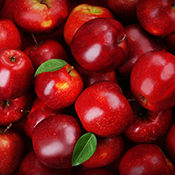
Apple
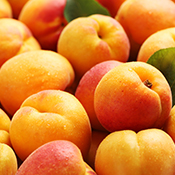
Apricot
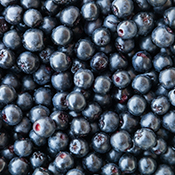
Aronia
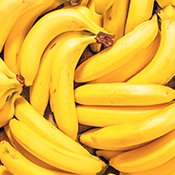
Banana
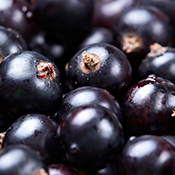
Blackcurrant

Carrot
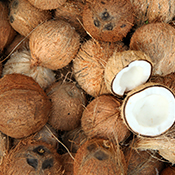
Coconut

Grape
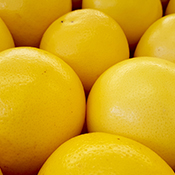
Grapefruit

Guava
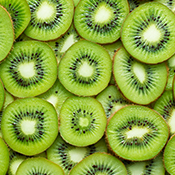
Kiwi

Lemon
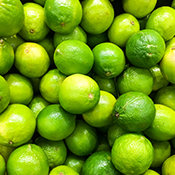
Lime
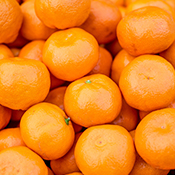
Mandarin
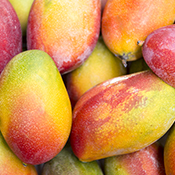
Mango
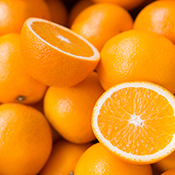
Orange
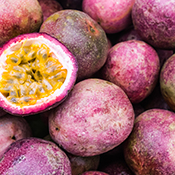
Passion fruit

Peach
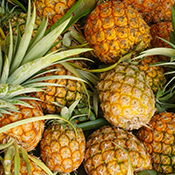
Pineapple
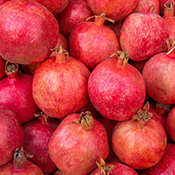
Pomegranate

Raspberry
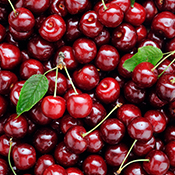
Sour cherry
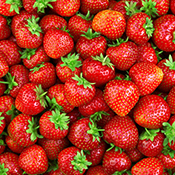
Strawberry
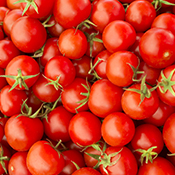
Tomato
